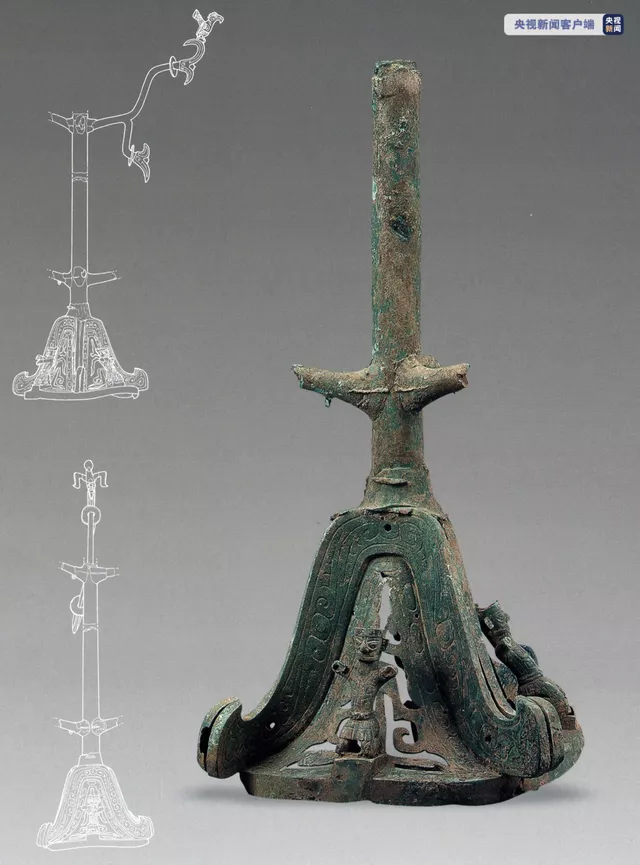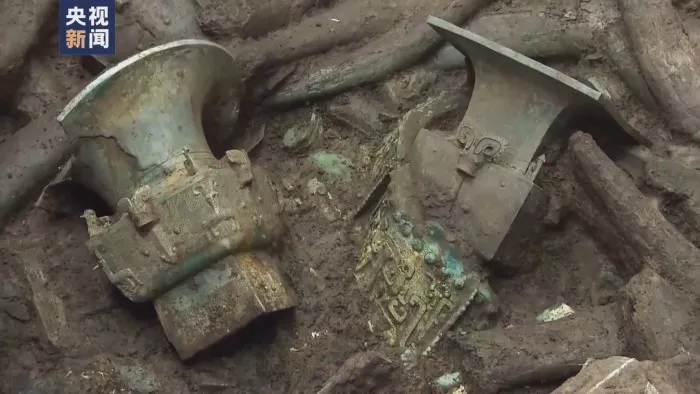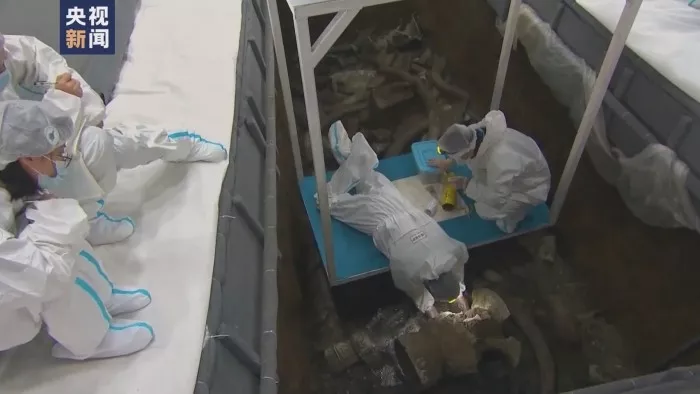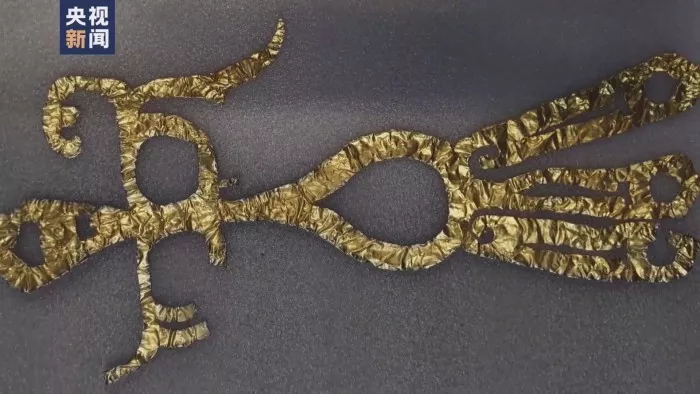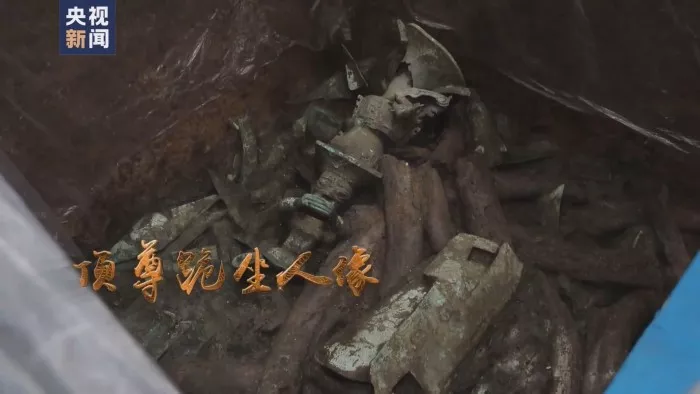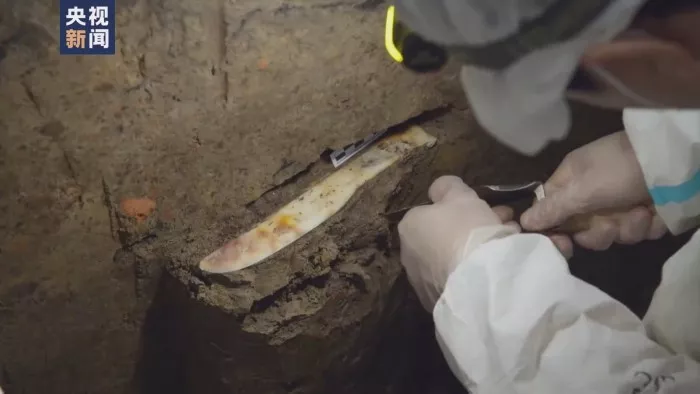On the morning of June 13, Sichuan Institute of cultural relics and Archaeology held a press conference at Sanxingdui Museum to announce the latest phased achievements of the archaeological excavation of Sanxingdui site. It is reported that the excavation work mainly covers the sacrificial area of Sanxingdui site and the newly discovered six "sacrificial pits". It is jointly conducted by 40 archaeological excavation, cultural relics protection, multidisciplinary research, digital services and other units, with the participation of nearly 200 scholars from the fields of paleology, history, physics, chemistry, paleobiology, paleogeology, paleoenvironment and so on.
From 2020 to 2022, a total area of 1834 square meters will be excavated in the sacrificial area. It is basically confirmed that the sacrificial area is roughly in a northwest southeast rectangular distribution range, parallel to the Sanxingdui city wall in the north, with an area of nearly 13000 square meters
The relics of Shang Dynasty distributed in the sacrificial area are related to sacrificial activities, including Pit 1 and pit 2 excavated in 1986 and the newly discovered 6 pits.
The carbon-14 determination of nearly 200 samples shows that the data are concentrated from 1131 BC to 1012 BC. Among them, Pit 3, pit 4, pit 7 and pit 8 are all buried in the late Shang Dynasty, about 3200-3000 years ago, and pit 5 and pit 6 are slightly later
Yes, the dispute over the burial age of the "sacrificial pit" over the past 30 years has finally settled
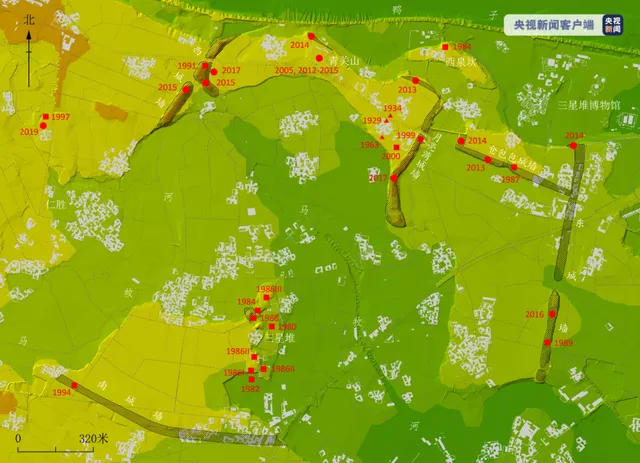
The excavation work has proved that the ancient Shu civilization to which the Sanxingdui site belongs is an important member of the Chinese civilization. Several new artifacts show the close cultural relationship between the Sanxingdui site and other regions in China**
The bronze statues, copper jars and copper ampoules found in pits 3 and 8 are typical bronzes of the Yin and Shang cultures in the Central Plains.
The jade Cong found in Pit 3 and pit 4 came from Qijia culture in Gansu Qinghai region.
Lingyubi, Yuzhang and Yuge found in Pit 3, pit 7 and pit 8 have been found in Henan, Shaanxi, Shandong and the vast South China.
A large number of gold artifacts found in each pit are consistent with the ancient use tradition of gold artifacts in the half moon zone.
The sacred tree, the kneeling figure of the top statue and a large number of dragon image artifacts show that the users of the Sanxingdui site are similar to the people in other parts of China in terms of their own identity, etiquette and religion, and their understanding of the nature of heaven and earth**
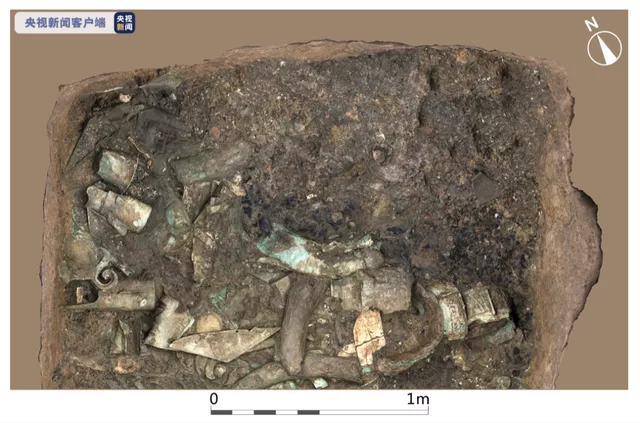
Among the six newly discovered pits, nearly 13000 numbered cultural relics were unearthed, including 3155 relatively complete cultural relics, including gold ware, copper yuan with collar, kneeling stone tiger, kneeling stone man, stone Cong, stone wall, jade chisel, turquoise and ivory
Among them, Bambusoideae, Phoebe, broad-leaved trees, Palmaceae, Phragmites communis, Gramineae, cabbage, soybean, Chenopodium chamomile, a small amount of carbonized rice and other plants were found in the ash layer of pit 4. Bambusoideae accounted for more than 90% of the total. At that time, the combustion temperature was about 400 ℃.
X-ray flaw detection, CT scanning and other detection technologies found that the small bronze Figurine unearthed in Pit 3 was cast with core bone. The drilling method of jade tube was divided into two types: opposite drilling and single-sided drilling, and the hole processing was divided into polished and unpolished.
Microscopic observation showed that there were textiles on the surface of more than 20 bronzes and ivory.
Cattle and wild boars are likely to be used as sacrifices.
